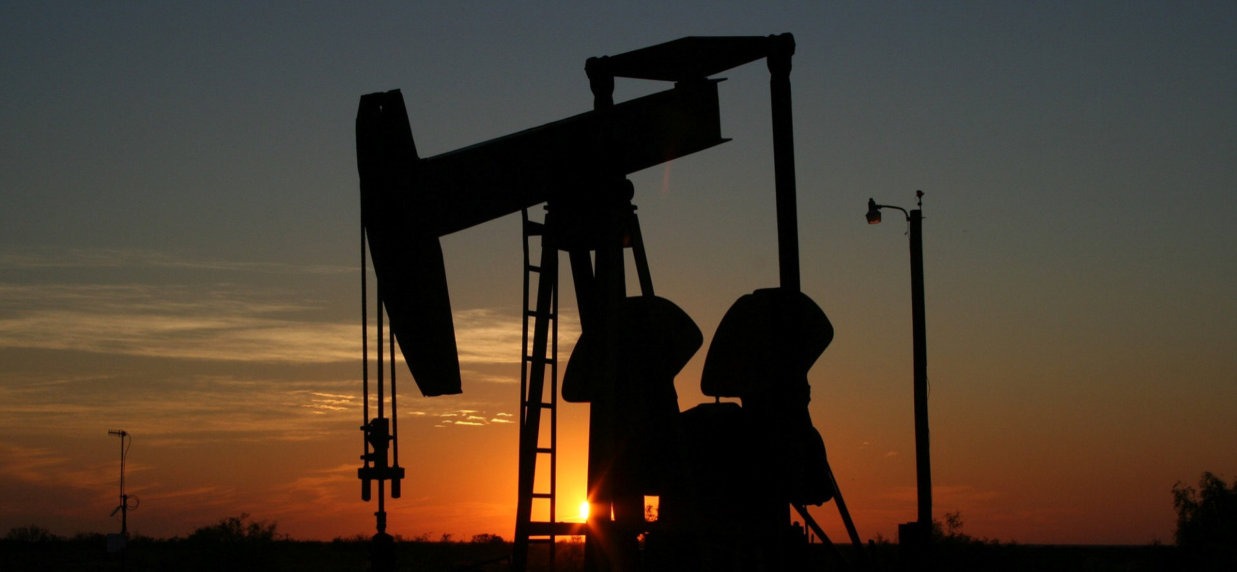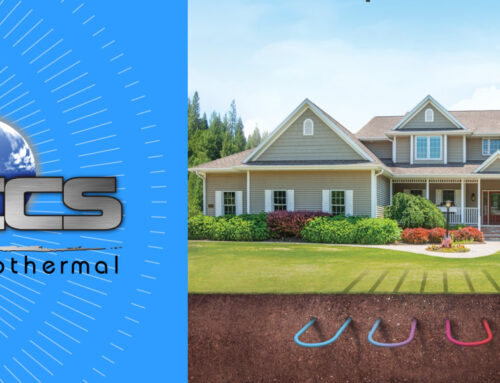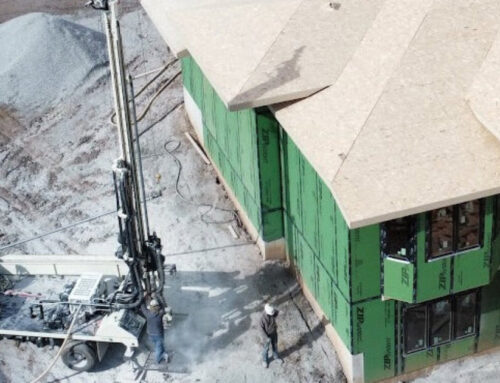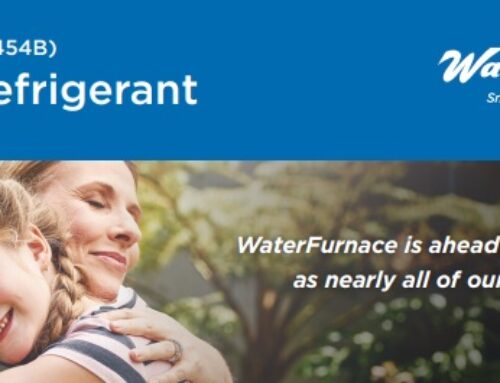Drilling On Land Accounts For 70% of The Worlds Oil Production. That Is Over 60 MILLION Barrels Per Day.

It is important to know when people talk about oil they are really talking about petroleum. Many of the problems that come with the usage of oil have to do with its acquisition and distribution. There is a lot to cover with this topic, so we’ll tackle one at a time. This week:

Drilling On Land: “Onshore Drilling”
Standing over acres and acres of land, tall and powerful. Intimidating. Daunting. Oil rigs are all over oil fields in the U.S. and all over the world. This week we’re going to cover a basic rig and drilling process. We’ll also be covering the most pressing environmental concerns this raises.
The Basics: What’s A Drilling Rig & How’s It Work?
A drilling rig is a machine that creates holes in the earth. Basically, they are tall towers that use a pulley system to hold “drill pipes” which are long drills that dig deep underground. How deep? Depends on how far down you need to go. Oil rigs come in many shapes and sizes with many different techniques. This varies, but the average oil well in Texas alone is 3,500 feet deep. That’s a pretty big hole & deep dig.
The process goes something like this: first you find an oil well. Then you fence off the land and build a rig. Next, you drill all the way down to wherever the oil well is. Once the hole has been drilled, you then pump liquids at high pressure levels to remove the oil from the ground. If that sounds potentially problematic to you, it’s because it is.

The Environmental Impact: Why Should I Be Concerned?
You should be concerned because it has an impact on the stability of our environment, more particularly on:
- Our water supply.
- Methane release (a potent greenhouse gas).
- Seismic activity.
These are the forefront of the environmental concerns onshore drilling brings about. Drilling all the way down past the water table (where the water is in the earth) and pumping high pressured liquids into the rocks is not easy to contain. There are many times when the liquids or oil escape into the water supply. This causes it to become poisonous to all living things. I wouldn’t want to drink oil, would you?
When the hole is drilled, anything that was trapped in the earth is released. This includes gases like methane. Methane is a 30 times more potent greenhouse gas than carbon dioxide. Global warming is a different discussion. To summarize: this isn’t great.
Seismic activity is another large concern. The extraction process is very disruptive to the earths natural seismic processes. Since the introduction of things such as “fracking” (a topic we will cover in another blog) there has been a noted increase in the seismic activity in the areas affected by this. In the central U.S., the number of earthquakes of level 3 magnitude or greater has risen from less than 50 to 1,000 in less than 10 years.
We’re just scratching the surface here, we’ll be sure to cover more next week. If you are interested in learning more, this resource on environmental concerns is very informative. You can check out what an oil rig is made out of here, and the different kinds of rigs here.

What We Do To Help
We here at ECS Geothermal install HVAC units that use 100% renewable energy. Help us reduce waste, conserve the water supply. Let’s make the world a better place for our children.
Not only that, you can save money in the process. Our HVAC systems are the most cost effective and comfortable option available. Check out our savings calculator here to see how much you can save.
Let us help you help the environment. We’re making the world a better place, one home at a time.


Installing ground source heat pumps since 1993
Phone: 816-532-8334
Contact Us Today for a free consultation.






